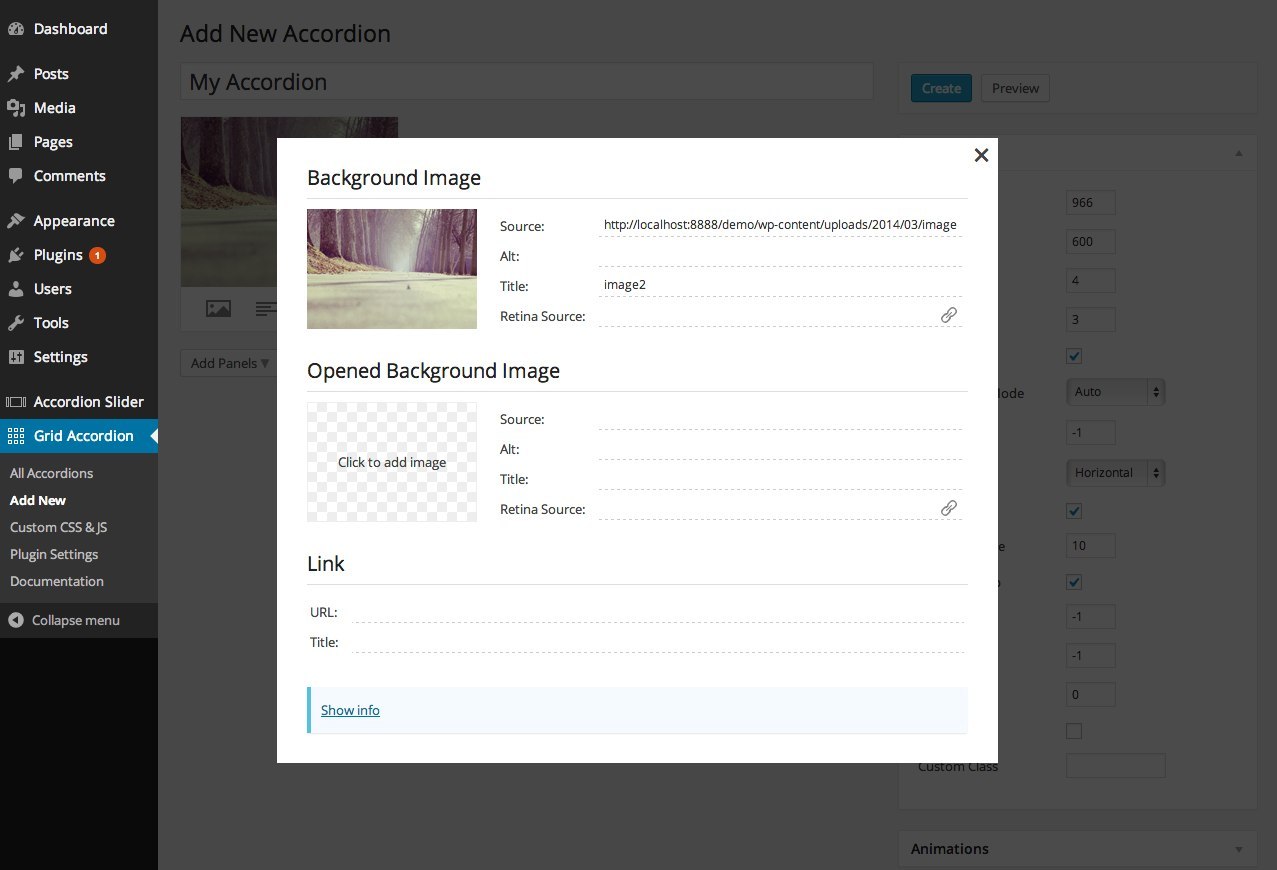

Single-purpose plugins are mostly popular WordPress plugins. There are two types of WordPress blocks plugins available on the market. Best Gutenberg Blocks Plugins for Your WordPress Site These plugins will simply add new blocks and allow you to extent the functionality of the default WordPress editor.

With that said, let’s take a look at some of the best WordPress blocks offered by WordPress plugins. You can even create your own custom blocks in WordPress following our tutorial. This means that the block editor is fully compatible with plugins that provide a shortcode.īesides these, there are many other blocks that you can explore and try without using a plugin. Shortcode Block: Allows you to add shortcodes in your WordPress posts and pages easily. Columns Block: Allows you to easily create multi-column layouts for your blog posts and pages.ħ. You can use them to easily embed tweets, YouTube videos, and more.Ħ. Embed Blocks: The block (Gutenberg) editor also includes many embed blocks for popular websites.
WP PLUGIN FOR RESPONSIVE COLUMNS FREE
For advanced tables with search, sorting, and ordering features, we still recommend the free TablePress plugin.ĥ. Table Block: Enables you to easily create basic tables in WordPress posts and pages. See our guide on the difference between cover images vs featured images.Ĥ. Cover Block: Allows you to add stunning cover images in your posts and pages. Doing this with the old Classic Editor was a confusing task for beginners.ģ. Media & Text Block: Lets you add image and text side-by-side. Button Block: Lets you add call-to-action buttons in your WordPress pages and articles.Ģ. Here are some super useful default WordPress Gutenberg blocks that you can use right away.ġ.
WP PLUGIN FOR RESPONSIVE COLUMNS INSTALL
In the older versions of WordPress, you had to install plugins to add these common web elements. These blocks make it easier to add common elements like buttons, cover images, tables, and more. The Gutenberg Editor already includes built-in blocks for all types of content elements. 7 Most Useful Time-Saving Default WordPress Blocks For instance, you can add an FAQ section to your post or add a call-to-action button. The block editor lets you add elements to your posts and pages that aren’t possible in the classic editor. It offers lots of useful features and is becoming more user-friendly with each update. However, we recommend using the block editor. Some users have chosen to disable the block editor and keep the classic editor. If you’ve been creating WordPress sites for many years, you will likely find the block editor a big change from the classic editor. For a typical blog post, you will have lots of paragraph blogs, some heading blogs for subheadings, and some image blocks.

It lets you build your posts and pages using a system of blocks. The WordPress block editor is the default content editor that comes with WordPress. We will start with some of the default blocks and then switch to block plugins. In this article, we’ll share some of the best Gutenberg block plugins for WordPress sites. However there are now an entire suite of plugins dedicated to offer custom content blocks for Gutenberg. Some top WordPress plugins will add their own blocks to make it easy for you to embed their features. Introduced in WordPress 5.0, the Gutenberg editor is a fully block-based editor where each piece of content is a draggable block.īy default, WordPress offers a set of basic content blocks like a paragraph, image, button, list, and more. Gutenberg blocks are the editor blocks that are used to create content layouts in the new WordPress block editor aka Gutenberg.

Are you looking for the best Gutenberg block plugins for your WordPress site?


 0 kommentar(er)
0 kommentar(er)
